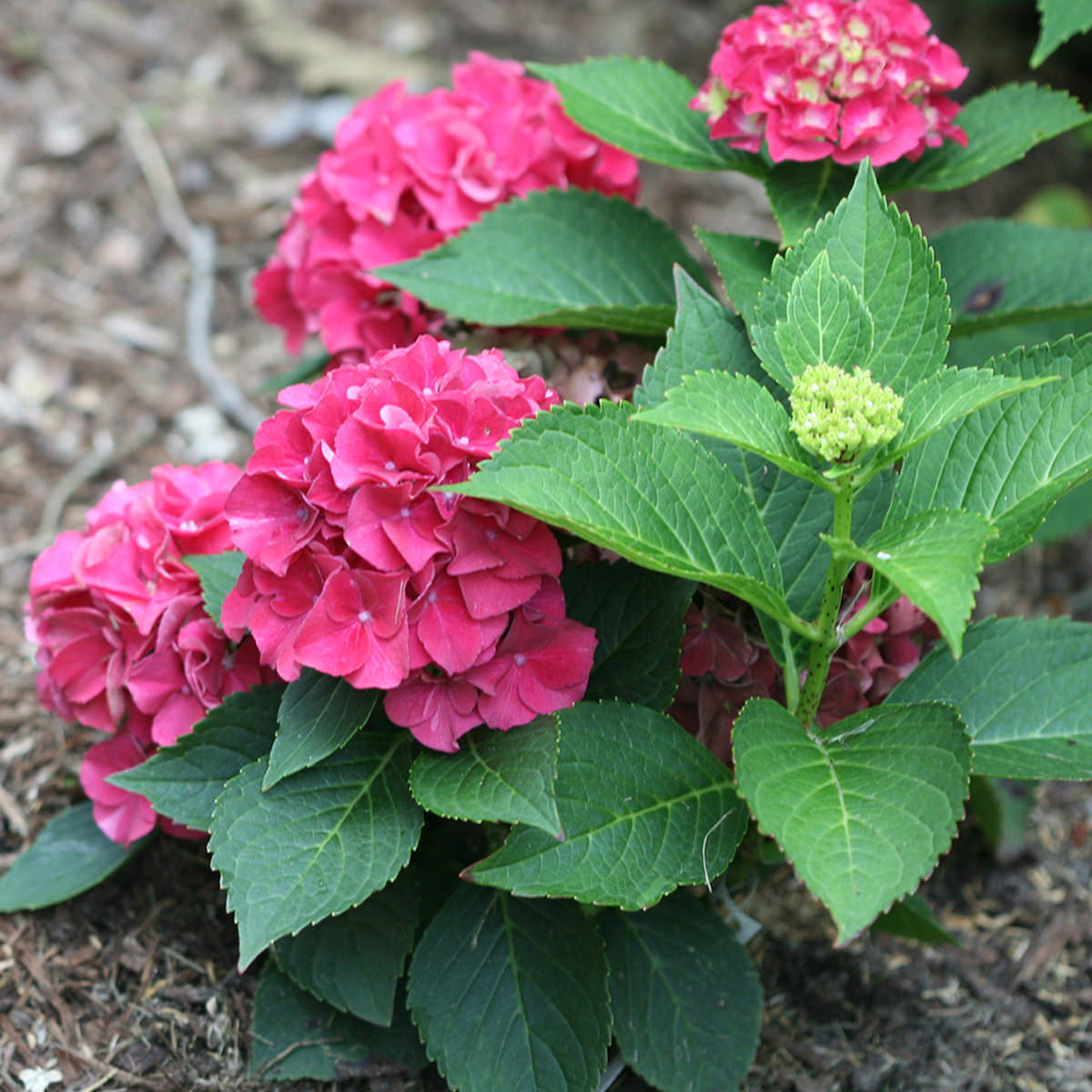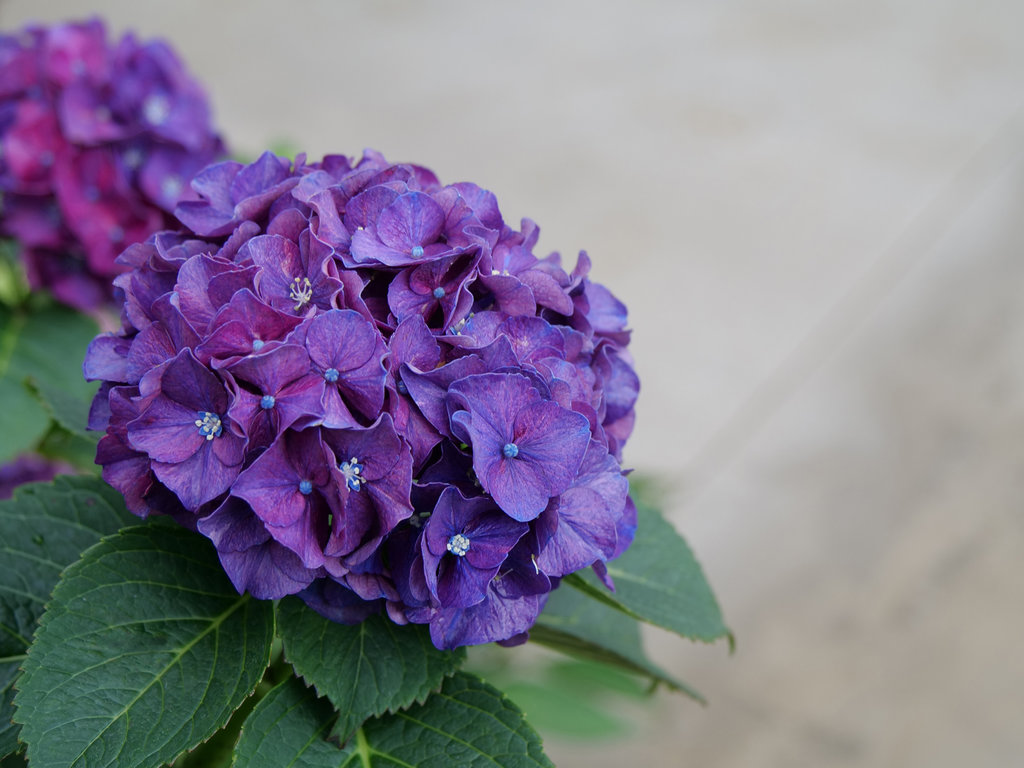Hydrangeas: Why Are They Sometimes A Wee Bit Grumpy
Hydrangeas: Why Are They Sometimes a Wee Bit Grumpy
Hydrangeas are one of the most popular flowering shrubs in the world, known for their large, colorful blooms. However, these beautiful plants can also be a bit finicky, and sometimes they seem to be a bit grumpy.
There are a few reasons why hydrangeas might be a bit grumpy. One reason is that they are sensitive to their growing conditions. Hydrangeas need well-drained soil that is rich in organic matter. They also need plenty of water, but they don't like to sit in wet soil. If their growing conditions are not ideal, hydrangeas may not bloom as well, or they may even die.
Another reason why hydrangeas might be a bit grumpy is that they are susceptible to pests and diseases. Hydrangeas are particularly susceptible to powdery mildew, which can cause the leaves to turn white and powdery. If powdery mildew is not treated, it can kill the plant.
Finally, hydrangeas can be a bit grumpy because they are sensitive to the pH of the soil. The color of hydrangea blooms is determined by the pH of the soil. In acidic soil, hydrangeas will bloom blue. In alkaline soil, they will bloom pink. If the pH of the soil is not right, hydrangeas may not bloom at all.
So, what can you do to keep your hydrangeas from being grumpy? Here are a few tips:
- Plant hydrangeas in well-drained soil that is rich in organic matter.
- Water hydrangeas regularly, but don't let them sit in wet soil.
- Mulch around hydrangeas to help retain moisture and suppress weeds.
- Watch for pests and diseases, and treat them promptly if they occur.
- Test the pH of the soil and adjust it if necessary.
If you follow these tips, you should be able to keep your hydrangeas happy and healthy. And with a little care, you'll be enjoying their beautiful blooms for many years to come.
Main Content
- Growing Conditions
Hydrangeas are native to East Asia, and they prefer cool, moist climates. They can be grown in USDA hardiness zones 3-9, but they will do best in zones 5-7.
Hydrangeas need well-drained soil that is rich in organic matter. They also need plenty of water, but they don't like to sit in wet soil. If their growing conditions are not ideal, hydrangeas may not bloom as well, or they may even die.
- Pests and Diseases
Hydrangeas are susceptible to a number of pests and diseases, including powdery mildew, aphids, and scale. Powdery mildew is a white, powdery fungus that can cause the leaves to turn white and powdery. Aphids are small, sap-sucking insects that can cause the leaves to curl and yellow. Scale is a small, hard-shelled insect that can attach to the stems and leaves of hydrangeas.
If you see any pests or diseases on your hydrangeas, it is important to treat them promptly. There are a number of commercial pesticides and fungicides that can be used to control pests and diseases on hydrangeas.
- pH of the Soil
The color of hydrangea blooms is determined by the pH of the soil. In acidic soil, hydrangeas will bloom blue. In alkaline soil, they will bloom pink. If the pH of the soil is not right, hydrangeas may not bloom at all.
You can test the pH of the soil using a pH testing kit. If the pH is not right, you can adjust it by adding lime to alkaline soil or sulfur to acidic soil.
- Care and Maintenance
Hydrangeas are relatively easy to care for. They need to be watered regularly, especially during the hot summer months. They also need to be fertilized in the spring and fall.
In the fall, you should prune hydrangeas to remove dead or damaged branches. You should also deadhead the flowers to encourage new blooms.
With a little care and maintenance, hydrangeas can be a beautiful addition to your garden for many years to come.
Conclusion
Hydrangeas are beautiful and popular flowering shrubs, but they can be a bit finicky. By following the tips in this blog post, you can help keep your hydrangeas happy and healthy, and they will reward you with their beautiful blooms for many years to come.
Don't be fooled by its name, the Wee Bit Grumpy hydrangea is anything but grouchy. This compact, dwarf bigleaf hydrangea is known for its stunning deep purple-blue flowers, which appear amid a neat, tidy mound of compact foliage. And while it may be small in stature, the Wee Bit Grumpy is a tough customer, withstanding cold weather and disease better than many other hydrangeas.
If you're looking for a beautiful and low-maintenance hydrangea for your garden, the Wee Bit Grumpy is a great choice. But before you buy one, be sure to visit for more information. This website has a wealth of information about the Wee Bit Grumpy, including planting instructions, care tips, and even a plant hardiness map.
So what are you waiting for? Visit today and learn more about this amazing hydrangea!
FAQ of hydrangea wee bit grumpy
Q: What is Wee Bit Grumpy hydrangea?
A: Wee Bit Grumpy hydrangea is a compact, bigleaf hydrangea that is known for its deep purple-blue flowers. It is a reblooming hydrangea, which means that it will bloom twice in a season, once in the early summer and again in the late summer. Wee Bit Grumpy hydrangea is hardy in USDA zones 4-9.
Q: How do I care for Wee Bit Grumpy hydrangea?
A: Wee Bit Grumpy hydrangea is relatively easy to care for. It prefers moist, well-drained soil and partial to full sun. It is important to water Wee Bit Grumpy hydrangea regularly, especially during hot, dry weather. You should also fertilize it once in the spring and once in the fall.
Q: How do I get my Wee Bit Grumpy hydrangea to bloom blue?
A: The color of Wee Bit Grumpy hydrangea flowers is determined by the pH of the soil. If you want your hydrangeas to bloom blue, you will need to lower the pH of the soil. You can do this by adding aluminum sulfate to the soil.
Q: Why is my Wee Bit Grumpy hydrangea not blooming?
There are a few reasons why your Wee Bit Grumpy hydrangea might not be blooming. One possibility is that the plant is not getting enough sunlight. Another possibility is that the plant is not getting enough water. Finally, the plant might not be getting enough fertilizer.
Q: How do I prune Wee Bit Grumpy hydrangea?
Wee Bit Grumpy hydrangea should not be pruned heavily. The best time to prune is in the spring, after the plant has finished blooming. You should only remove dead, diseased, or damaged branches.
Image of hydrangea wee bit grumpy
5 different images of "hydrangea wee bit grumpy" from Pinterest:
- Image 1: A close-up of a Wee Bit Grumpy hydrangea flower. The flower is a deep purple-blue color and is surrounded by dark green leaves.

- Image 2: A full shot of a Wee Bit Grumpy hydrangea shrub. The shrub is about 2 feet tall and has a mounded shape. The flowers are a deep purple-blue color and are in full bloom.

- Image 3: A Wee Bit Grumpy hydrangea shrub in bloom in a garden setting. The shrub is surrounded by other plants, including a white hydrangea and a rose bush.

- Image 4: A Wee Bit Grumpy hydrangea cutting in a vase. The cutting has several flowers that are a deep purple-blue color.

- Image 5: A Wee Bit Grumpy hydrangea leaf. The leaf is dark green and has a glossy sheen.

Post a Comment for "Hydrangeas: Why Are They Sometimes A Wee Bit Grumpy"